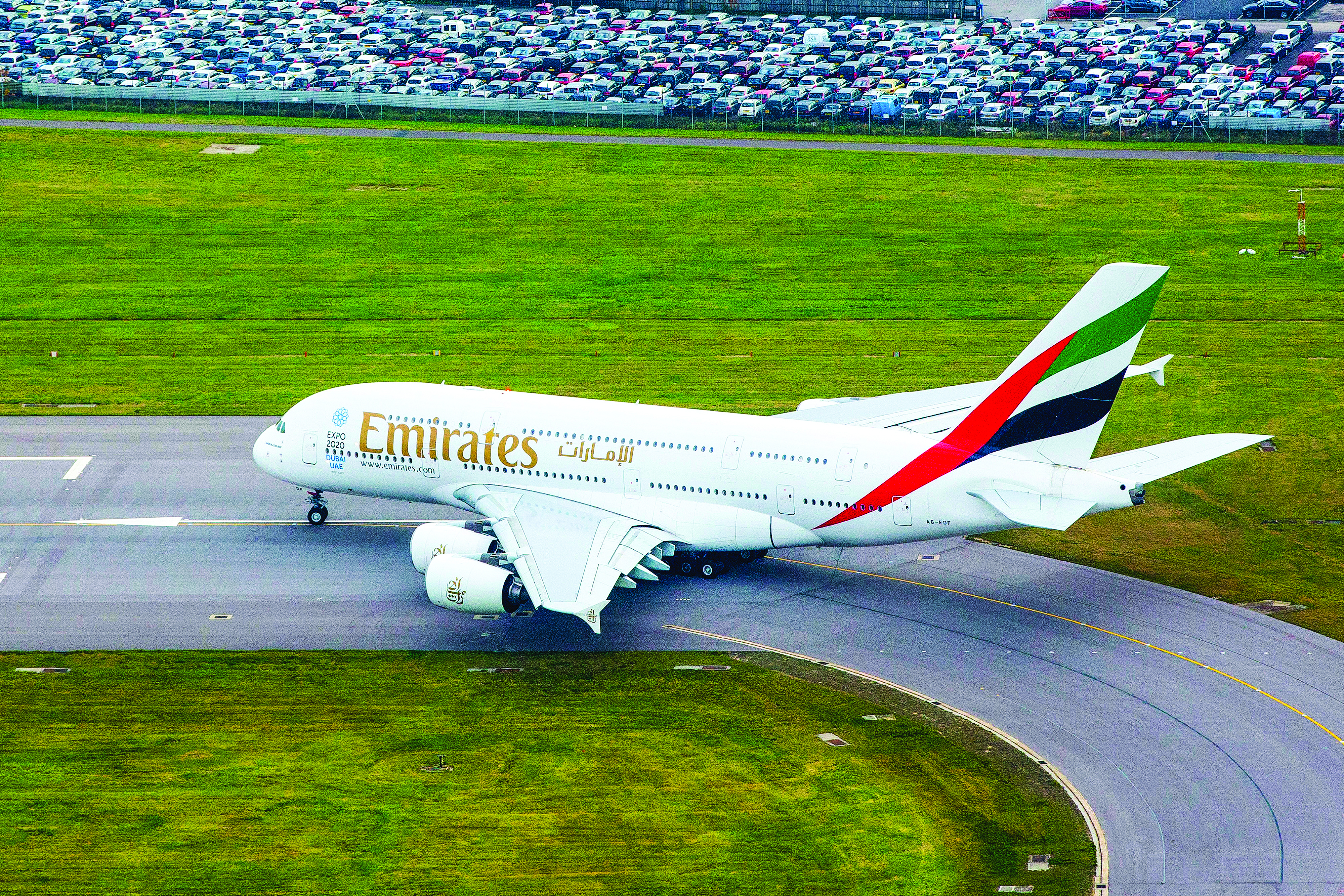
Muscat: Middle Eastern carriers posted a 2.5 per cent increase in traffic in June, which reflected a slowdown from the already subdued 3.7 per cent growth seen in May.
Capacity rose 3.1 per cent, and load factor slipped down 0.4 percentage points to 68.9 per cent.
While most markets have seen demand slowing, it is most visible in the Middle East-North America market, which has been affected by a combination of factors including the (recently-lifted) ban on personal electronic devices, said the International Air Transport Association (IATA), in a report.
However, passenger traffic between the Middle East and North Africa (Mena) was already slowing in early 2017, in line with a moderation in the pace of growth of the largest carriers in the region.
IATA said global passenger traffic data for June showed that demand (measured in total revenue passenger kilometres or RPKs) rose by 7.8 per cent, compared with the year-ago period. This was in line with the 7.7 per cent growth recorded in May. June capacity (available seat kilometres or ASKs) increased by 6.5 per cent, and load factor rose 1 percentage point to 81.9 per cent.
For the first six months of 2017, the industry experienced a 12-year high in traffic growth at 7.9 per cent and a record first half load factor of 80.7 per cent.
"A brighter economic picture and lower airfares are keeping demand for travel strong. But as costs rise, this stimulus of lower fares is likely to fade. And uncertainties, such as Brexit, need to be watched carefully. Nonetheless, we still expect 2017 to see above-trend growth," said Alexandre de Juniac, IATA’s director general and chief executive officer.
International traffic
June international passenger demand rose 7.5 per cent, compared with June 2016. All regions recorded growth, led by airlines in Africa. Capacity climbed 6.2 per cent, and load factor climbed 1.0 percentage point to 80.6 per cent.
Asia-Pacific airlines’ June traffic jumped 9.1 per cent, compared with the year-ago period. Capacity rose 7.9 per cent and load factor edged up 0.9 percentage points to 79.3 per cent.
The overall upward trend in seasonally-adjusted traffic remains strong, although volumes have slipped in recent months. Traffic on the Asia-Europe routes continues to trend upwards, following terrorism-related disruptions in early 2016. However, solid demand growth on international routes within Asia has paused.
European carriers saw traffic rise 8.8 per cent in June, compared with June 2016, which was up from a 7.5 per cent year-over-year increase recorded in May. Capacity climbed 6.5 per cent and load factor rose 1.8 per cent percentage points to 85.9 per cent, highest among the regions. The stronger growth reflects both a favourable comparison with the year-ago period, as well as increased momentum in the regional economic backdrop.
North American airlines’ demand rose 4.4 per cent, compared with June a year ago. Capacity climbed by 4.1 per cent, with load factor inching up 0.3 percentage points to 84.5 per cent.
The comparatively robust economic backdrop in North America is expected to continue to support outbound passenger demand. However, anecdotal evidence suggests that inbound tourism is being deterred by the additional security measures in place for travel to the United States.
Domestic traffic
Demand for domestic travel climbed 8.2 per cent in June, compared with June 2016, up slightly from the 7.9 per cent growth seen in May. June capacity increased by 7 per cent, and load factor rose 0.9 percentage points to 84.3 per cent. Led by China and India, all markets reported demand increases, but with wide variation.